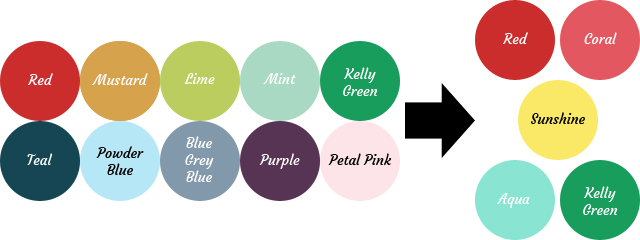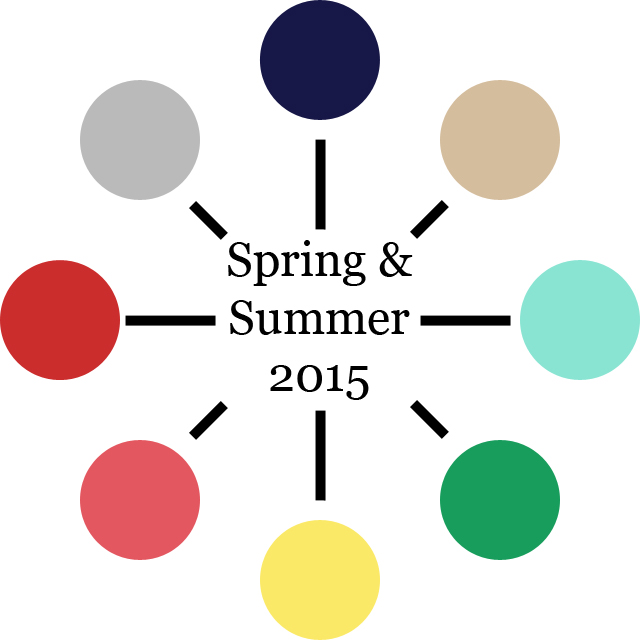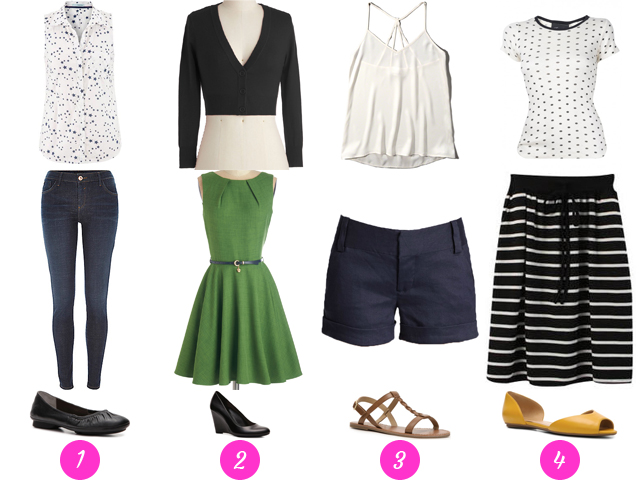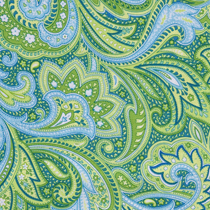Now there’s a loaded topic if ever there was one. Rather than waxing philosophic about the whys or why nots, let’s stick with the facts: what I do, what I don’t do, what I’d like to do, and, let’s be honest, what I’d like to do but probably can’t be bothered with. Sarai provided a very helpful list of nine questions as a jumping off point, so I’m going to start with those and see where it takes me.
1. What hair style has been most flattering and comfortable for you? How did it make you feel about yourself? Did it invoke any of the words you came up with in our core style exercise?
Apart from growing my hair out until I could sit on it and then lopping it all off when I was nine—I got a pixie-ish haircut that was wedge cut in the back—I’ve kept my hair between shoulder and chest length all of my life. Anything shorter than that doesn’t feel like me, and any longer than that is just too difficult to manage. I love layers but don’t wear bangs. My two favorite haircuts looked like this:
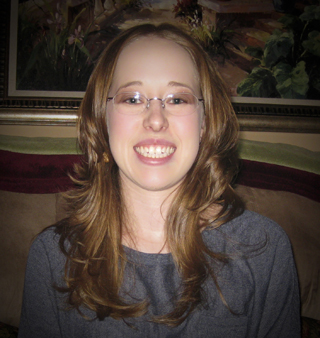
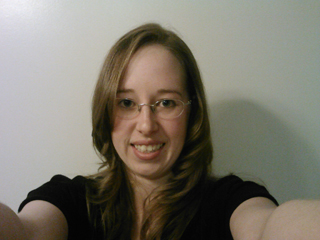
If I could master doing my own hair, or had unlimited access to someone who would do it for me (a girl can dream!), it would look like this:
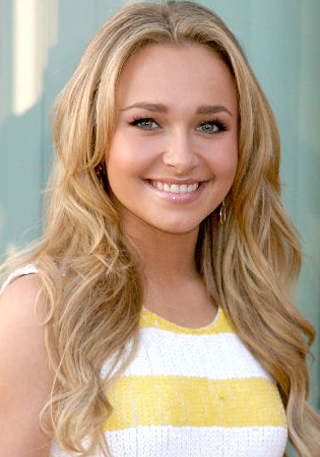 Source
Source
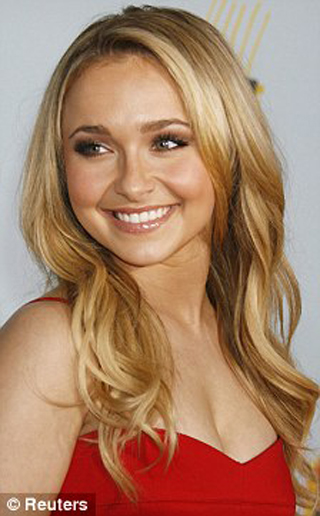 Source
Source
Long hair has always felt versatile to me, which is why I like it. Want to keep things simple? Blow it out straight and wear it loose. Want to exude classic elegance? Pull it into a sleek bun or French twist. Want to feel glamorous? Style it as a cascade of curls or waves. Too tired or too busy to fuss with it? Messy buns and claw clips are your friend.
My favorite hairstyles, on good hair days, make me feel like a supermodel. Or a superhero. I feel unselfconscious, feminine, poised. I’m ready for anything. Bring on the wind machine!
2. How much makeup are you comfortable with?
If I feel like wearing makeup, then I’ll do a full face: primer, foundation, powder, blush, eyeshadow primer, eyeshadow, eyeliner, and mascara. (I seldom wear lipstick, even with a full face, but that’s mostly because I haven’t found the right shades yet or the best way to get it to stay put.) But most days I don’t feel like wearing makeup. Even with some practice, I’m not as fast as I’d like, or as creative, or as skillful, and most mornings these days I’d rather hit the snooze button.
This is something I’d like to change, though. I like the way I look in makeup. I like the expressive potential. And some days, I like that it feels like armor against the stresses of dealing with overbearing sales people or socializing with strangers. I—and this is just me talking about my personal experience, not making normative statements or passing judgment—see wearing makeup as another component of feeling put together in my daily life. It’s another element that gets added up with dressing well according to a sense of personal style, being prepared, speaking confidently, and acting decisively. Not wearing makeup isn’t a pass/fail switch; it’s just one more thing that can add to or detract from my sense of being capable of getting my act together. Since it’s a thing that takes time and attention, the fact that I have makeup on means that I deliberately made time for it and gave it my attention.
3. How does your makeup and hair reflect your personal style? What do you feel they say about you and your aesthetics?
My hair and makeup routine are about 50% there in terms of reflecting my personal style. I’ve found the length and general style I prefer for my hair, and feel comfortable trying variations within those parameters. Likewise, I’ve found a couple of color palettes that work well with my complexion and my favorite outfits, and I’ve begun experimenting with different combinations of things like eyeshadow and blush.
Thus far my attitude about hair and makeup has been pretty flexible: I don’t like to agonize over either, and I’ve been okay having a couple of days a week where I put in little or no effort. They’ve reflected my belief that I don’t have to do anything I don’t want to, and that applies to both ends of the spectrum: I don’t have to wear makeup (or fancy clothes, or a perfectly coordinated handbag) if it feels like work instead of fun, and I don’t have to feel guilty if I want to lavish time on myself to perfect a look (via makeup or aforementioned clothes and handbag). I’ve more than proven to myself that I’m comfortable keeping things simple even when those around me are decked out; now, I’d like to take everything up a notch by learning to consistently execute my favorite looks.
4. How much product do you want to own? Do you like collecting products, or would you rather just have a few essentials? How much bathroom clutter are you OK with?
Moderation rules when it comes to my beauty products. I’m not a collector, but neither do I find minimalism particularly appealing (and I have no interest at all in enforcing an arbitrary minimalist policy). I gravitate toward the practice of having a core group of products that I keep coming back to, supplemented by a small, changing collection of products that I’m trying out or only using seasonally/sparingly/for specific occasions.
5. What requirements do you have for the products you buy? Do you stick with all-natural products? Are there ingredients you avoid?
My only requirement for beauty products right now is performance: I choose whatever does the best job for me. Sometimes this is an all-natural product, often it’s not. I’d avoid any ingredients that irritated my skin, but I’ve not found any yet that produced a severe reaction.
6. What colors feel best near your face? How do they relate to the color palette you created?
I love how teal makes my eyes look more blue, which is probably why it’s included in my color palette. Rose gold and peachy shades were a surprising discovery for me, although for now I think I’m more comfortable with makeup in those colors than clothes.
7. What colors never look right near your face? What colors have you tried and given up on before?
Cool pinks and purples don’t work for me, at least not in makeup form. I’ve always viewed yellow and orange clothes as suspect, although that stems more from a fear that they’ll look bad than from any bad experiences.
8. How much time do you realistically want to spend getting ready in the morning?
About an hour, including time to shower, dress, brush my teeth, do my hair and makeup, and find my shoes, which are never where I thought they put them.
9. What types of scents do you gravitate towards? Do you wear perfume? Other scented products? What do you feel the scents you like communicate about your personality?
Fresh, crisp scents are my favorite. I like the smell of clean cotton sheets, fruit (except peaches), foliage, and delicately scented flowers. I avoid anything that smells like baby powder. I don’t care for spicy fragrances and heavy florals; anything too rich tends to feel more mature (if you know what I mean) or more sexy than I care for and not really me. I like perfumes that convey youthfulness without being overly sweet. While I want my clothes to communicate that I’m a bit polished and classy, I want my perfume to suggest that I’m not fussy or forced.
Of these questions, I found #2,#3, and #8 most helpful to think about, but I’ll admit I’d never even thought about #9 and scents as an element of personal style before. Which question do you find the most interesting? Do you think about your beauty routine the same way you think about your wardrobe?



